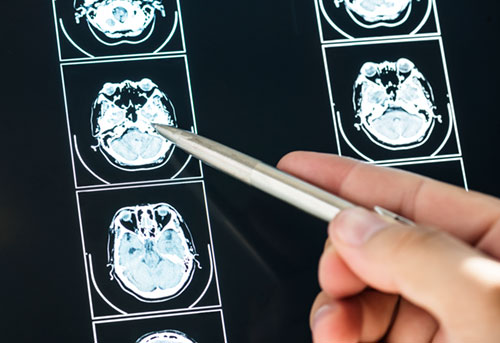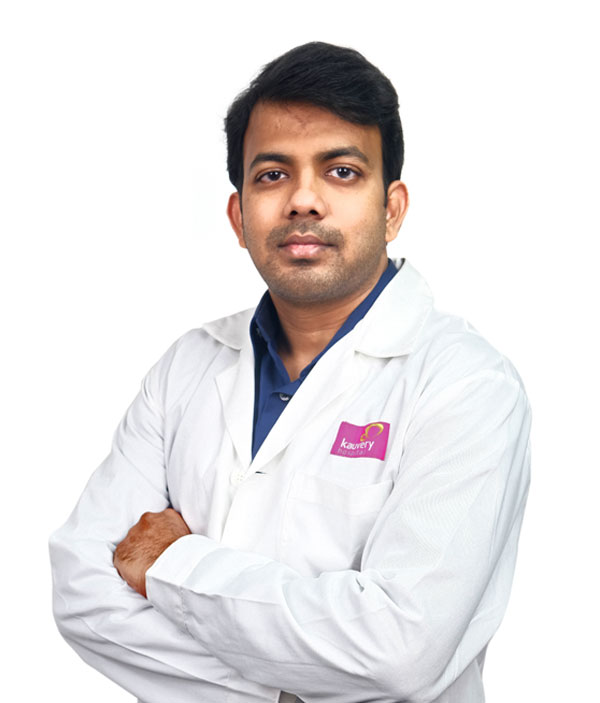Stand up for Safety
Head injury is a silent epidemic which claims a lot of lives and disables many more each year. The yearly number of deaths in India alone from head trauma related causes is around 1 million per year and the incidence is similarly high in other developing countries. Even though falls from heights and assault are other causes, the major proportion of head trauma in developing countries is still road traffic accidents. In developed countries, due to strictly regulated rules and more streamlined traffic, the incidence of road accidents has significantly reduced in the past few decades.
One more unfortunate thing about head trauma is that most of the affected people lie in the young and productive age group of 20 – 40 years. Hence, the economic burden to the families and the country as a whole is huge.

Our brain is the most protected organ of our body. It is enclosed within a strong thick layer of skull bones and is kept floating in cerebrospinal fluid which also acts as a buffer. Only two decades ago, surgeries on the brain used to be much more tedious and challenging than it is today as it is very difficult to overcome this strong protection of the cranium.
Significant head trauma occurs with high velocity vehicle collisions. But even seemingly trivial trauma can cause grave damage depending on the mode of injury. It is more common to see pillion riders, especially women, sustain serious head injuries whereas the rider who was wearing a helmet, escapes without any injury at all.
When we are at the site of an accident or fall, it is essential to identify signs of head trauma. Symptoms like loss of consciousness, drowsiness, vomiting, severe headache, open wounds in the scalp and face, bleeding from the ear or nose, seizures, etc. are indicators that immediate medical attention is needed and transfer to a tertiary trauma centre should be done as early as possible. In an unconscious patient, shifting must be done very carefully as there can be associated cervical spinal cord injury. Any twisting movements to the neck in such a scenario can cause permanent weakness in the arms and legs.
Plain CT imaging might show fractures of the skull and hematomas on the surface or into the brain substance. Early surgery to remove the bleeding and to decompress the brain may be lifesaving in indicated patients.
Timely medical intervention is a major factor in preventing mortality and significant morbidity.
When it comes to head injury, it is worth remembering Benjamin Franklin’s famous quote – “An ounce of prevention is worth a pound of cure.”
Numerous studies have shown us the extreme beneficial effects of wearing helmets while driving two wheelers and seat belts in four wheelers. These simple measures go a long way in preventing a lot of damage.
We are overlooking the New Year with its festivities and celebrations. Drunken driving and road accidents take a spike in and around the Christmas holidays and New Year. It is disheartening to see the loss of valuable life in young people which could be very well prevented. More stringent traffic rules for over-speeding, helmets, seat belts, rash and drunken driving, etc. with exemplary punishments may seem inconvenient and unwelcome among many. But implementation of all these measures make travelling safe for all of us. Many of the developed nations have already made this transition by drastically reducing the number of road traffic accidents. To follow and to encourage road hygiene and responsible behaviour should be one of the prime New Year goals for everyone.

Dr. Arunkumar Karthikayan
Associate Consultant – Neurosurgery
Kauvery Hospital Chennai

